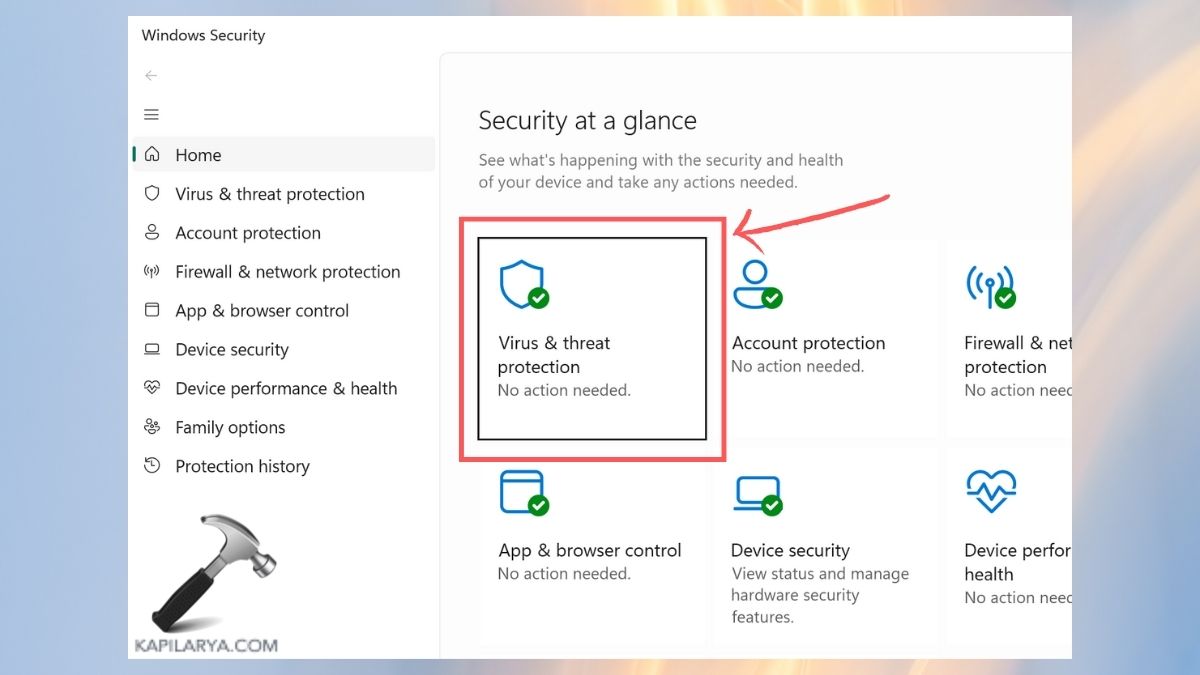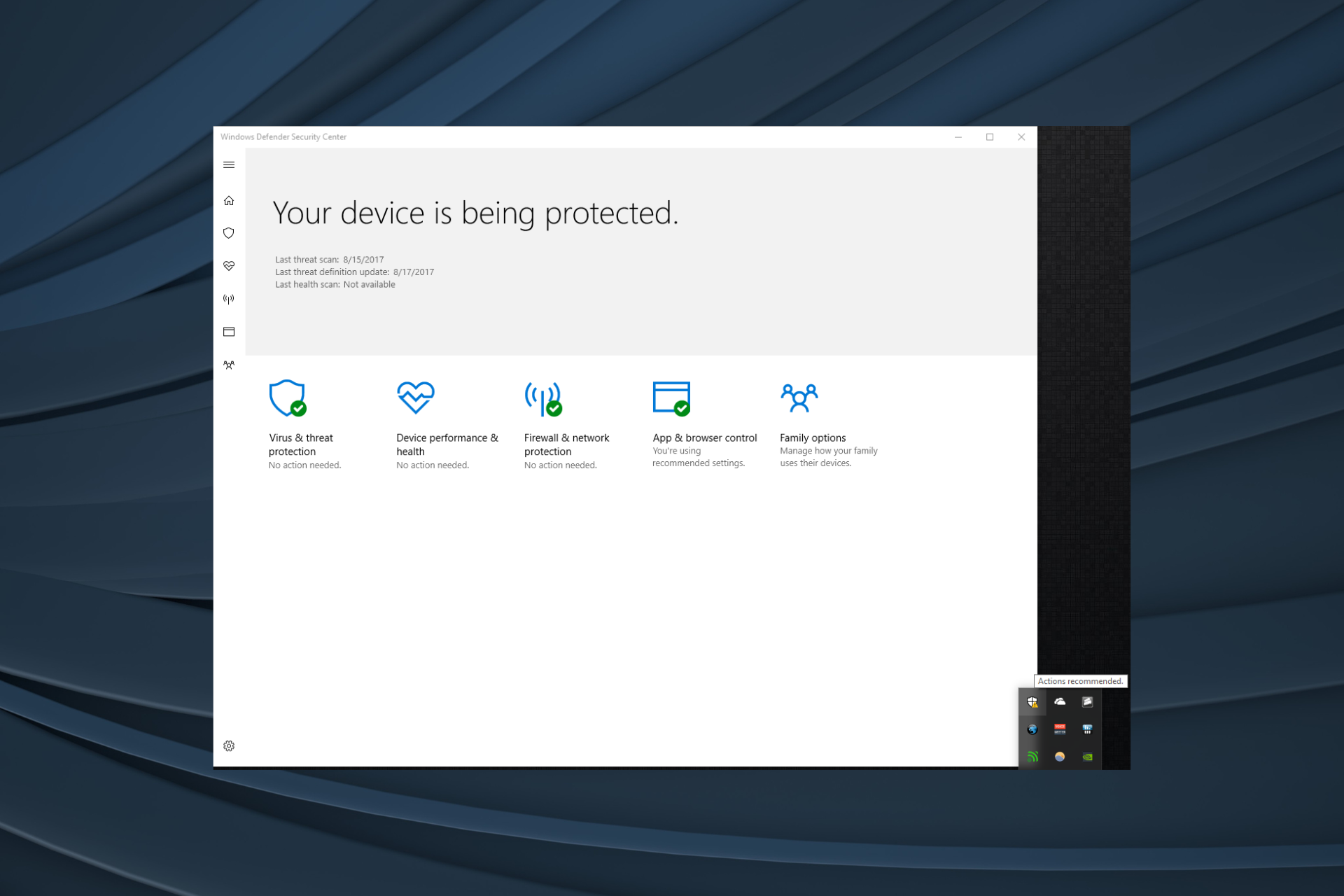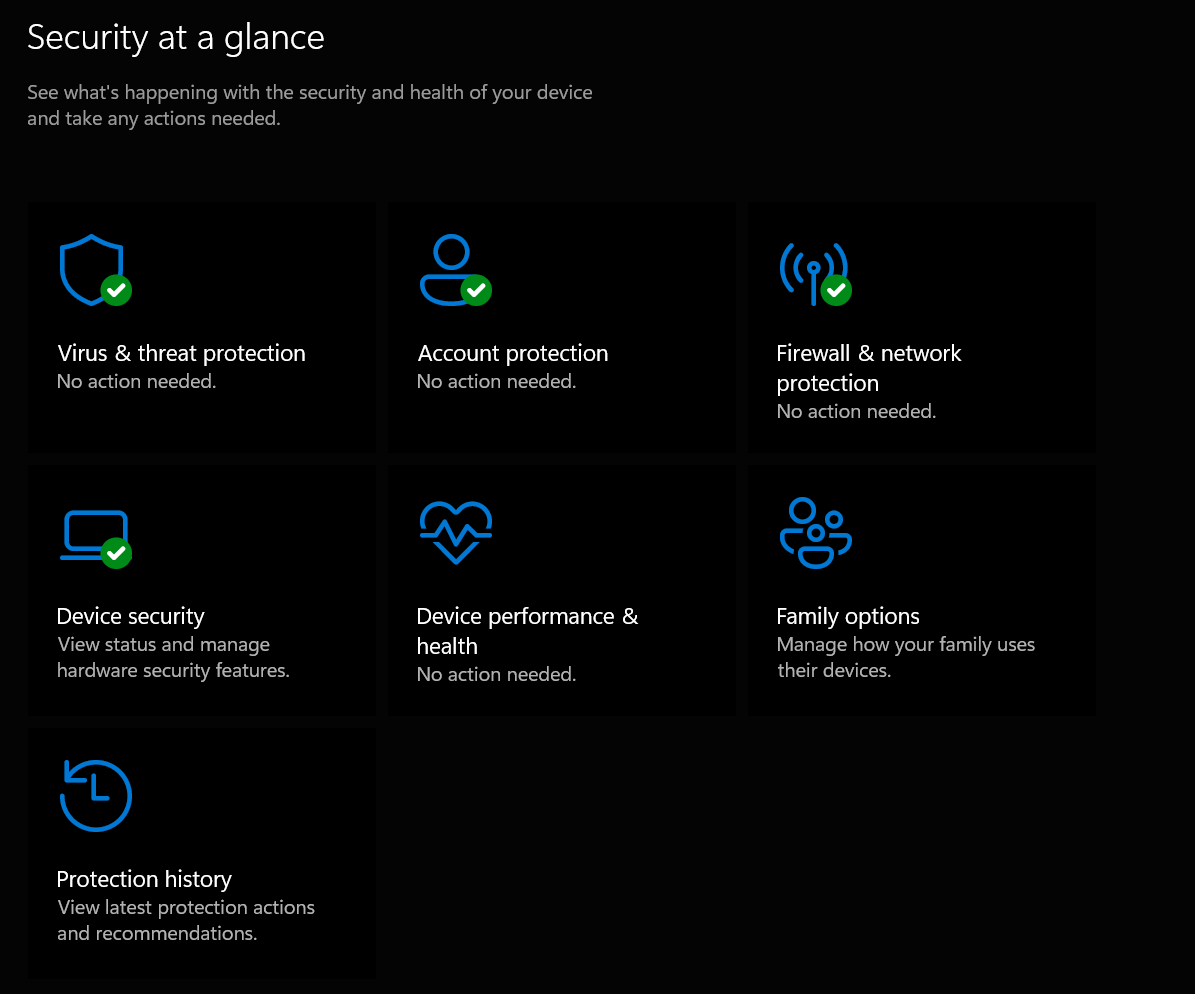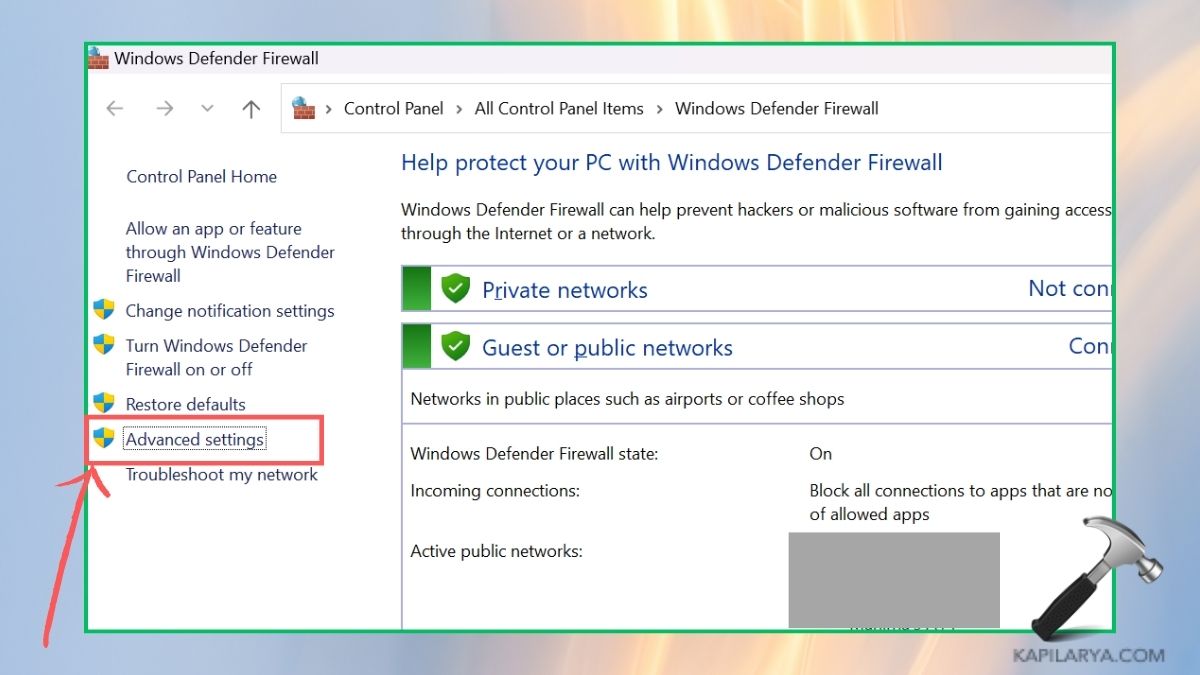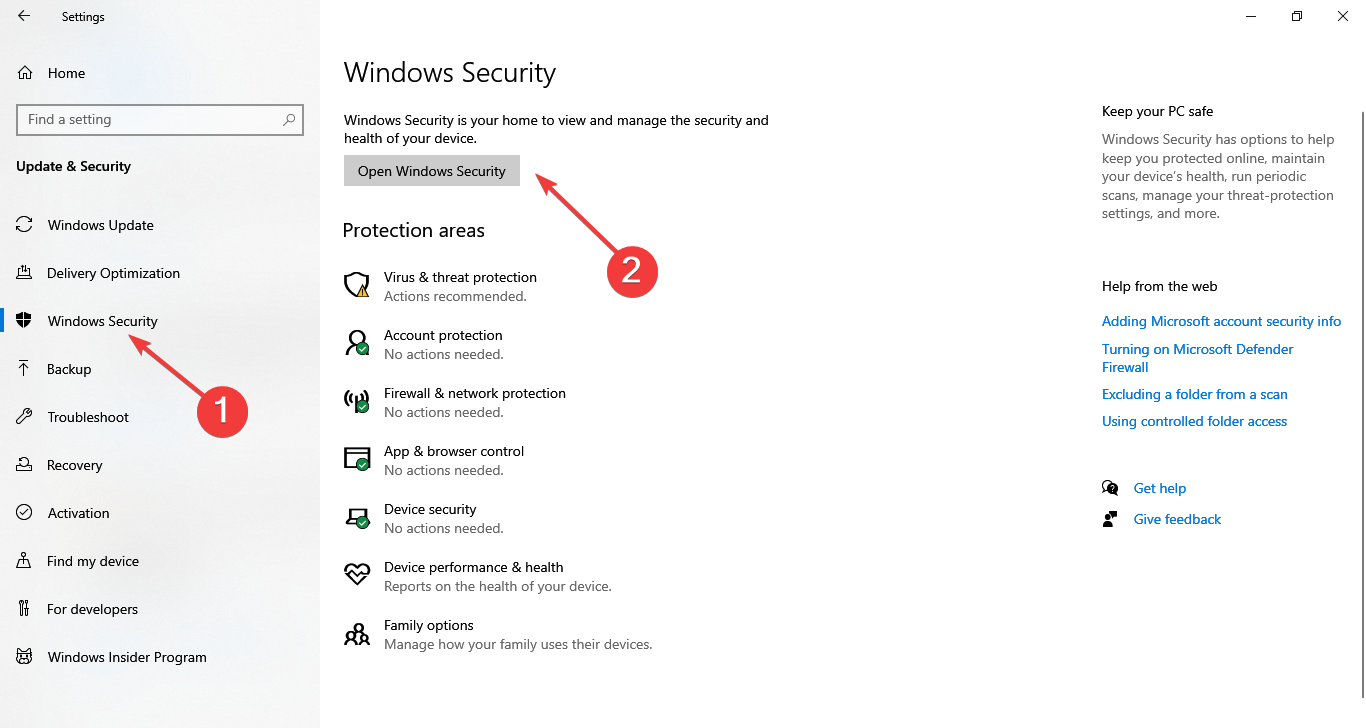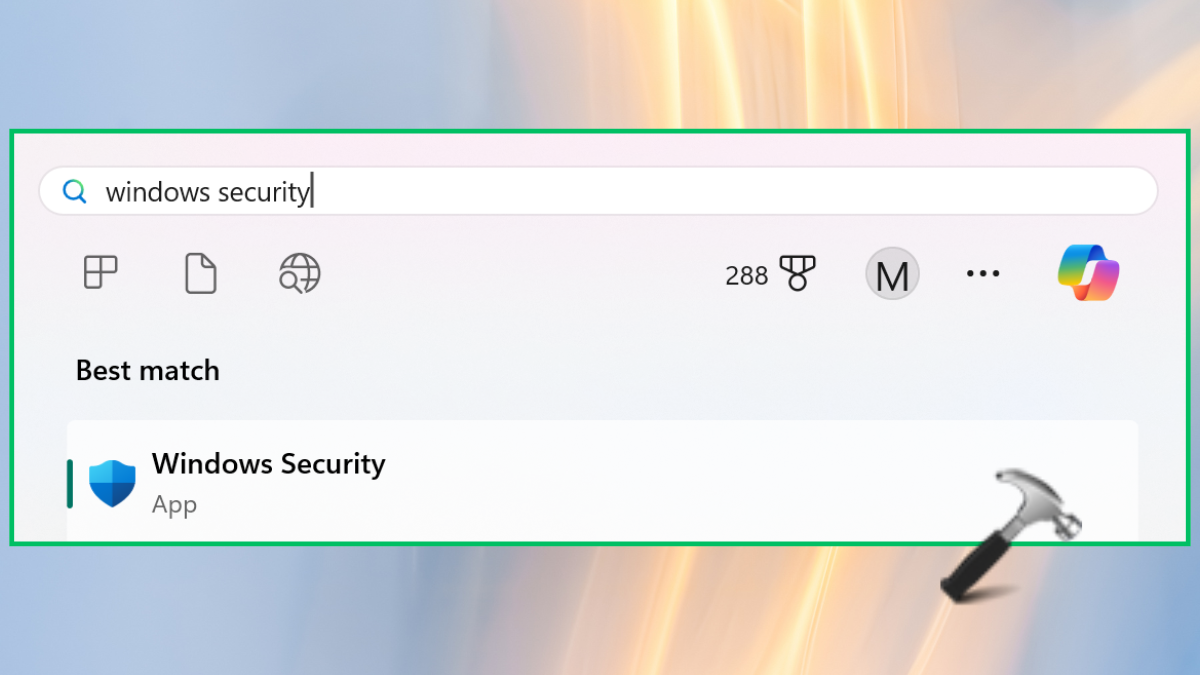Windows Security Actions Recommended But Nothing

Imagine a cozy evening, you're settling in with a warm cup of tea, ready to catch up on your favorite blogs. A small notification pops up from the corner of your screen - Windows Security needs your attention. You click on it, expecting a quick update or a simple virus scan, but instead, you are greeted with a persistent message: "Actions Recommended."
But here's the catch: clicking through the prompts, restarting your computer, and even performing full scans doesn't seem to clear the warning. This seemingly harmless issue has been baffling countless Windows users, prompting frustration and a sense of unease about their system's security. This article explores this widespread Windows anomaly, dissecting its potential causes, impacts, and offering practical advice to navigate the seemingly endless loop of "Actions Recommended."
The Ubiquitous Warning: A Deep Dive
The "Actions Recommended" message within Windows Security is designed to alert users to potential issues that require their attention. It's intended to be a helpful tool, guiding users through steps to improve their system's protection. However, a growing number of users have reported experiencing a frustrating situation where this warning persists even after they believe they've addressed the identified problems.
Understanding the Root Causes
Pinpointing the exact cause of this persistent notification can be tricky. Several factors might contribute to it. One common culprit is outdated or corrupted security definitions. These definitions are crucial for Windows Security to identify and neutralize new threats, and if they're not up to par, the system might flag a potential vulnerability even if it's already addressed.
Another potential cause lies in conflicts with third-party security software. If you have multiple antivirus programs installed, they might interfere with each other, causing Windows Security to misinterpret the system's security posture. Sometimes, even after uninstalling third-party software, lingering files or registry entries can create conflicts.
Furthermore, issues with specific features within Windows Security, such as Controlled Folder Access or Core Isolation, can also trigger the persistent warning. If these features encounter errors or inconsistencies, they might prompt the "Actions Recommended" message even when no immediate threat is present.
Impact and User Frustration
The persistence of the "Actions Recommended" message can lead to a range of problems for users. Primarily, it creates a sense of anxiety and distrust in the system's security. Users may worry that their computer is vulnerable to threats, even if it isn't.
The constant notifications can also be disruptive and distracting, interrupting workflow and affecting overall productivity. Moreover, users might become desensitized to the warning, potentially overlooking genuine security alerts in the future. This "cry wolf" effect can have serious consequences if a real threat emerges.
Analyzing User Reports and Data
Microsoft's support forums and other online communities are filled with reports from users experiencing this issue. Many describe trying various solutions, including running full scans with Windows Security and other antivirus programs, updating drivers, and even performing system restores, all to no avail. The sheer volume of these reports suggests that the problem is widespread and not limited to a small subset of users.
While Microsoft hasn't released official data on the prevalence of this specific issue, the anecdotal evidence paints a clear picture of a frustrating user experience. Data from independent tech blogs and forums indicate a substantial increase in reported cases over the past few years. This suggests a potential bug within Windows Security or a compatibility issue with other software or hardware components.
Navigating the Labyrinth: Potential Solutions
Despite the frustration, several steps can be taken to attempt to resolve the "Actions Recommended" loop. Starting with the basics is always a good idea. Make sure your Windows installation is fully updated with the latest security patches and feature updates.
Ensuring that your security definitions are current is also crucial. Manually checking for updates within Windows Security can sometimes resolve the issue. Similarly, disable any third-party antivirus or firewall software to rule out conflicts.
Advanced Troubleshooting Techniques
If the basic steps don't work, more advanced troubleshooting may be necessary. Resetting Windows Security to its default settings can often resolve underlying configuration issues. This involves deleting the security center database files. Before doing this, it is crucial to backup your data.
Running the System File Checker (SFC) tool can identify and repair corrupted system files that might be causing the problem. The SFC tool is accessed through the command prompt. Running a DISM (Deployment Image Servicing and Management) tool can also repair the Windows image.
If all else fails, performing a clean boot of Windows can help identify if a third-party application or service is interfering with Windows Security. In some rare cases, a complete reinstall of Windows might be necessary to resolve the issue.
Looking Ahead: Microsoft's Response and Future Improvements
Microsoft has acknowledged the reports of this persistent notification and has released updates to address some of the underlying causes. However, the issue continues to persist for many users, indicating that further improvements are needed. Microsoft is actively investigating the reports of this pervasive issue in order to improve user experience.
It's crucial for Microsoft to provide clearer guidance and diagnostic tools to help users identify the specific cause of the "Actions Recommended" message on their systems. Improving the error reporting mechanisms within Windows Security would also be beneficial, allowing users to provide more detailed feedback to Microsoft about the issues they're experiencing.
As the digital landscape continues to evolve, the importance of robust and reliable security tools cannot be overstated. Windows Security plays a vital role in protecting users from an ever-increasing array of online threats. By addressing the persistent "Actions Recommended" issue and improving the overall user experience, Microsoft can strengthen the trust users have in its security capabilities. This in turn, will lead to greater digital safety and peace of mind for millions of users worldwide.
A Path to Resolution
The persistent "Actions Recommended" notification in Windows Security, while frustrating, serves as a reminder of the ongoing need for vigilance in the digital world. It highlights the importance of keeping our systems updated, using strong security practices, and understanding the tools designed to protect us.
While the issue can be disruptive, the tips and troubleshooting steps in this article can help users navigate this common problem. By adopting a proactive approach to security and staying informed about the latest threats and vulnerabilities, we can collectively contribute to a safer and more secure online environment.
In the end, the story of "Actions Recommended But Nothing" is not just about a technical glitch. It’s about our collective relationship with technology, and our shared desire for a secure and trustworthy digital experience. With continued collaboration between users and software developers, we can pave the way for a future where security tools are not only effective but also intuitive and transparent.
![Windows Security Actions Recommended But Nothing [FIXED] Windows Security Actions Recommended But Nothing Found - MiniTool](https://www.minitool.com/images/uploads/articles/2023/02/windows-security-actions-recommended-but-nothing-found/windows-security-actions-recommended-but-nothing-found-2.png)
![Windows Security Actions Recommended But Nothing [FIXED] Windows Security Actions Recommended But Nothing Found - MiniTool](https://images.minitool.com/minitool.com/images/uploads/articles/2023/02/windows-security-actions-recommended-but-nothing-found/windows-security-actions-recommended-but-nothing-found-4.png)
![Windows Security Actions Recommended But Nothing [FIXED] Windows Security Actions Recommended But Nothing Found - MiniTool](https://images.minitool.com/minitool.com/images/uploads/articles/2023/02/windows-security-actions-recommended-but-nothing-found/windows-security-actions-recommended-but-nothing-found-6.png)
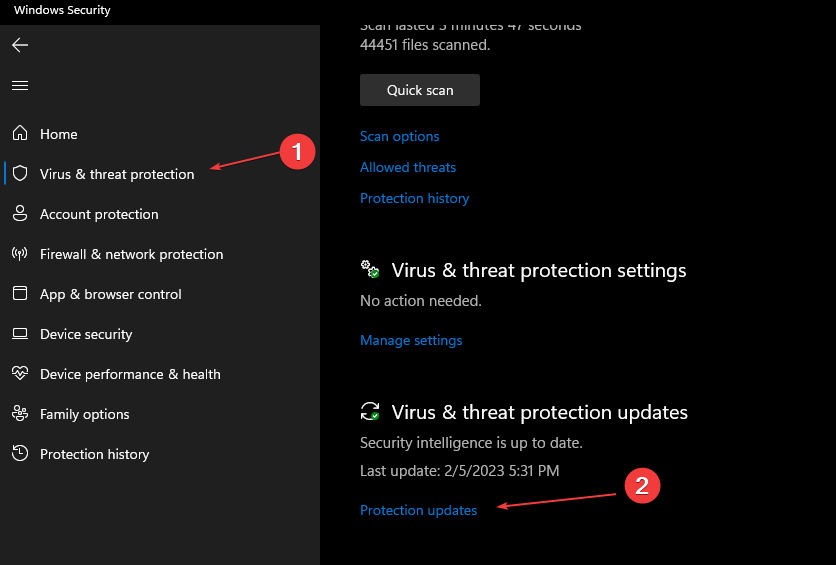
![Windows Security Actions Recommended But Nothing [FIXED] Windows Security Actions Recommended But Nothing Found - MiniTool](https://www.minitool.com/images/uploads/articles/2023/02/windows-security-actions-recommended-but-nothing-found/windows-security-actions-recommended-but-nothing-found-11.png)

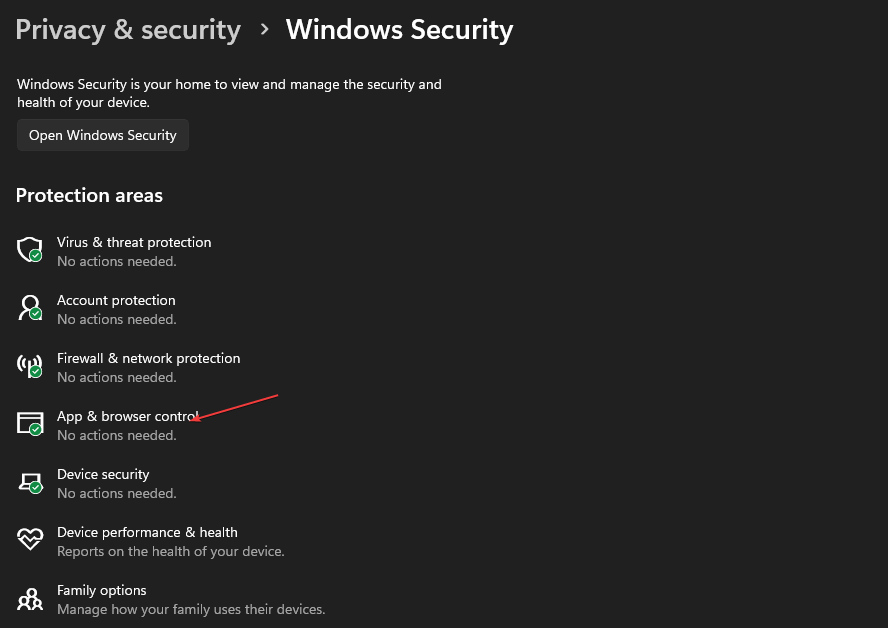
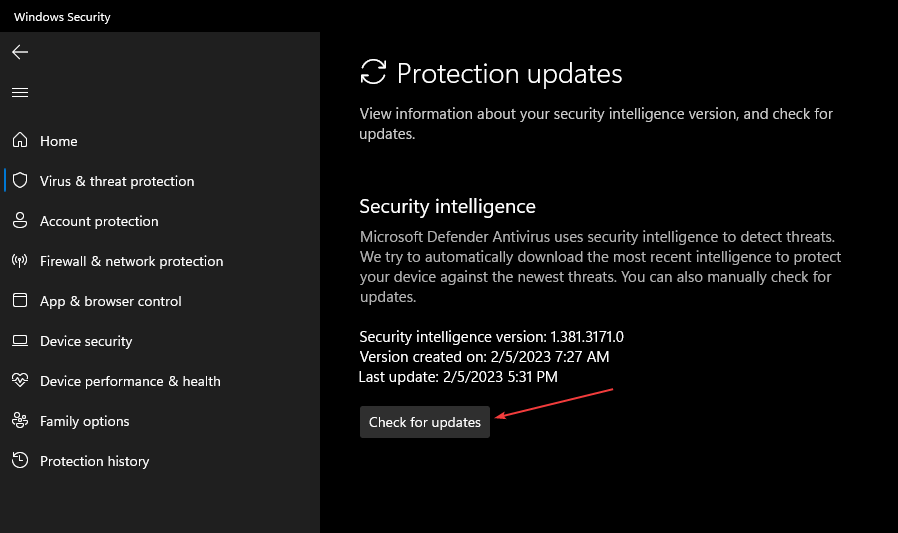
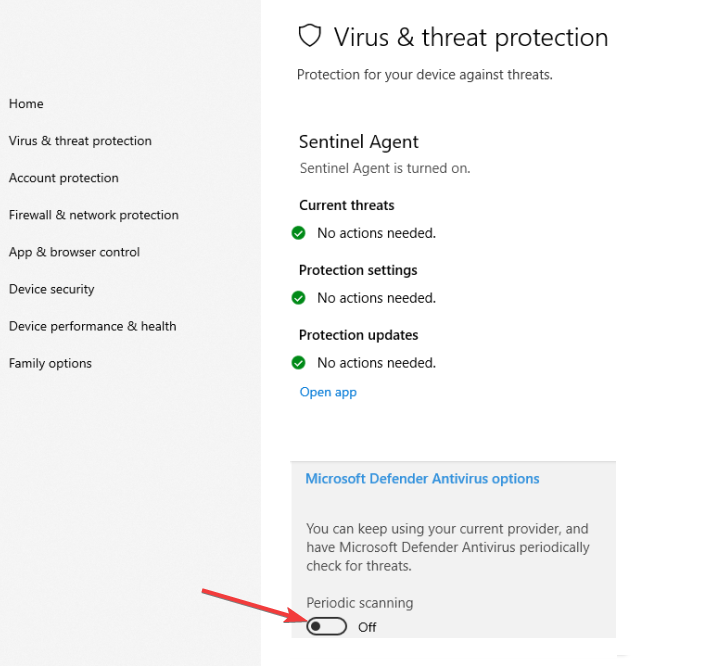
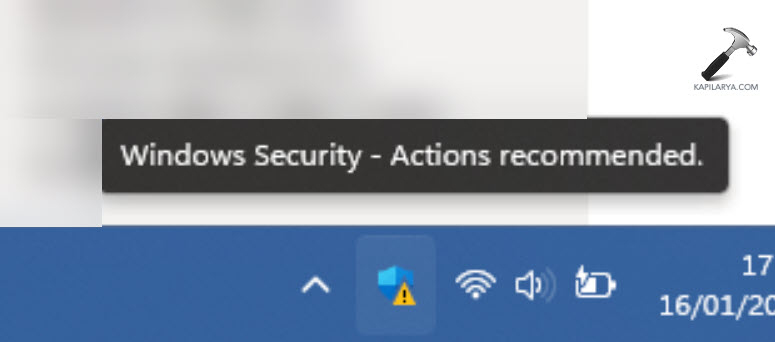
![Windows Security Actions Recommended But Nothing [FIXED] Windows Security Actions Recommended But Nothing Found - MiniTool](https://images.minitool.com/minitool.com/images/uploads/articles/2023/02/windows-security-actions-recommended-but-nothing-found/windows-security-actions-recommended-but-nothing-found-9.png)
